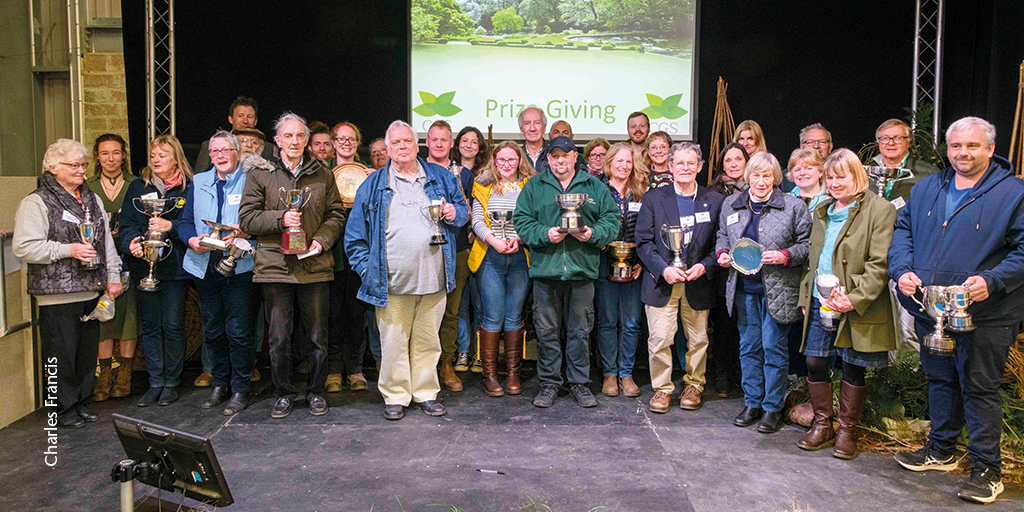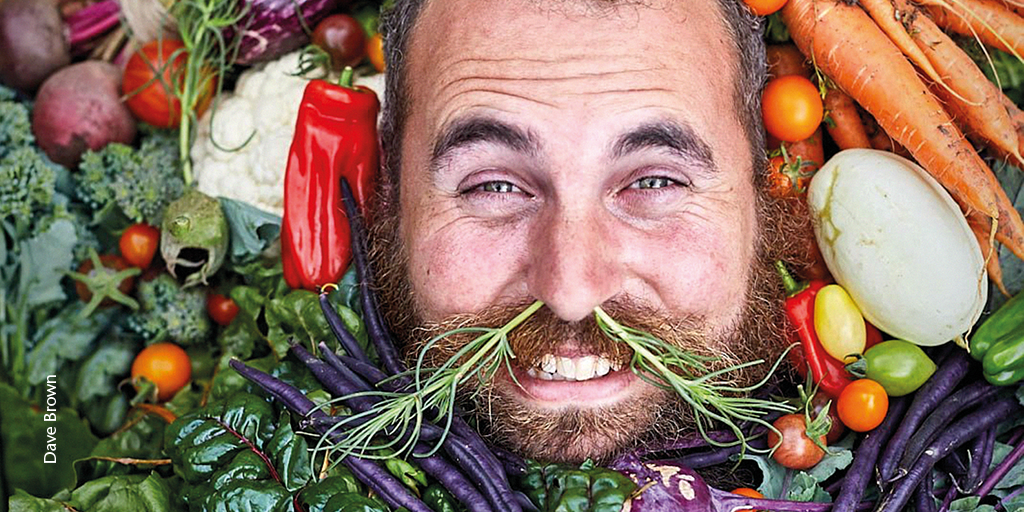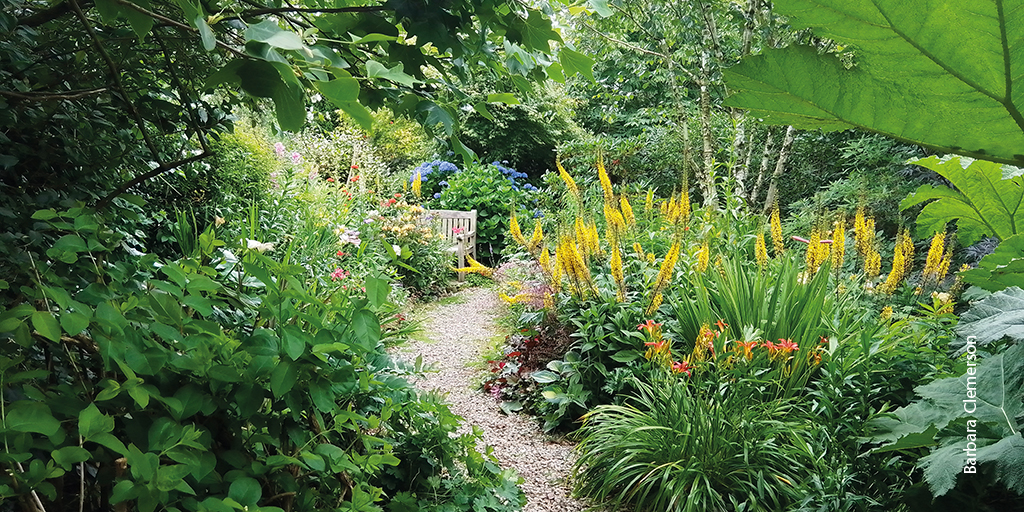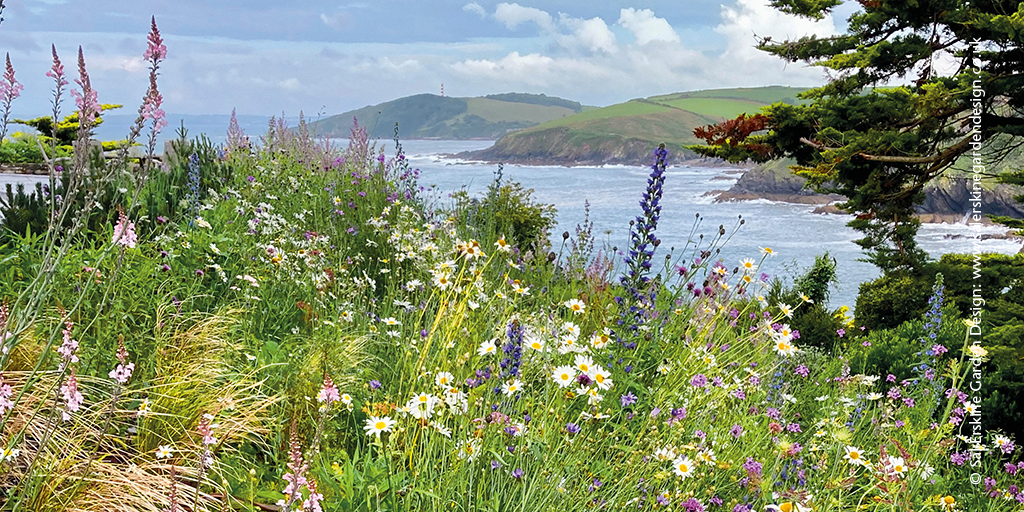

Planting the seed
Join us as we walk through the Duchy’s verdant paradise discovering its gardens of distinction and a charity that puts horticulture in Cornwall at the fore.
Cornwall has something of a micro-climate. Thanks to the Gulf Stream, the Duchy lays claim to being the warmest and sunniest county in the UK. The mild maritime climate and longer days keep the county warm, allowing subtropical plants to flourish. Nowhere is this more apparent than in its plethora of lush gardens; some to be found in deep wooded river valleys, others in more formal positions attached to historic estates, including one that lay hidden for over 70 years.
Let’s first take a look through the gates of some of Cornwall’s gardens that are steeped in history. Trewithen (trewithengardens.co.uk), established as an estate in 1715, means house of trees. With 30 acres of surrounding woodland gardens and more than 200 acres of parkland, it couldn’t be more aptly named. While the trees are certainly a highlight – the current owner having planted 30,000 of them to enlarge the shelter belts and surrounding woodlands in compensation for the many casualties of the great storm in 1990 – Trewithen also boasts a huge collection of beautiful specimen plants including magnolia and rhododendron. It is also recognised by International Camellia Society Garden, being only one of five gardens in the UK to boast this accolade.
Tregothnan (tregothan.co.uk) is a magnificent, botanical garden. Estate teas and herbal infusions are grown on the estate and its flora has been renowned for hundreds of years. From the 1840s it became a global botanical hotspot and to this day it is still making headlines. It has the world’s largest Camellia Maze, and is home to one of the world’s rarest trees, the Wollemi Pine, which was found in an Australian ravine and brought to Tregothnan in 2011 for cultivation, where it now flourishes in this safe haven.
Located in the sheltered Porthluney valley, Caerhays Estate has a very traditional Cornish spring flowering garden. The gardens here stem from the work of two great Chinese plant collectors, E.H.Wilson (1876 to 1930) and George Forrest (1873 to 1932). Plants nestle together for protection, which help creates their own microclimate, and is a real plantsman’s garden such is its lack of formality.
Hidden in Cornwall’s wooded river valleys are gardens of a different nature. The trio of Meudon (meudon.co.uk), Glendurgan (nationaltrust.org) and Trebah Gardens (trebahgarden.co.uk) can all be found on the banks of the Helford River. All three were created by the wealthy Fox Family, who ran a very successful shipping business in Falmouth, as well as having interests in mines and fishing. These stunning examples of sub-tropical splendour were stocked with exotic plants by the family over the years and are now home to many a celebrated specimen – including magnolia and rhododendron and camellia – which have grown to proportions unique to this incredible Cornish microclimate.
As we close the gate on some of Cornwall’s most venerable gardens, we turn to a society which is helping to protect them for the future. The Cornwall Garden Society (CGS) has a history that is as rich as it is unique, as Jilly Easterby discovers.
The Cornwall Garden Society (cornwallgardensociety.org.uk) is a charity that encourages and improves the science, art and practice of horticulture; shares knowledge about gardening and Cornwall’s rich garden heritage, and promotes the conservation of the diverse array of gardens within it. From the historic to the contemporary, the coastal, the woodland and the sub-tropical, gardens across the Duchy, with their extraordinary spring colour and tender plants from across the globe, never fail to inspire, surprise and delight both the ardent horticulturist and green-fingered enthusiast alike.
CGS members enjoy self-drive visits to such glorious – and often, private – gardens in Cornwall and day trips to those beyond; an extensive in-person and online lecture programme by local luminaries and national experts, and the opportunity to participate in the staging of the Society’s showcase event – its annual Spring Flower Show – which has celebrated the cream of Cornish horticulture for more than a century. Indeed, the Society’s provenance stretches back to 18th May 1832, when the inaugural meeting of the Royal Horticultural Society of Cornwall was held, supported by the patronage of King William IV, who was “graciously pleased to place the sum of £10.10s.0d (ten guineas) annually at its disposal.”
Its primary function was to hold exhibitions of fruit, flowers and vegetables to bring the beauty of the Duchy’s large gardens and estates to public notice, given the limited opportunities for travel that existed at that time. This incarnation existed until 1856 when records faded but the same concept re-emerged with the publication of an advertisement in the Cornwall Gazette on 4th March 1897 announcing that a Daffodil and Spring Flower Show would be held in the Truro Concert Hall at the end of that month.
The owners of Cornwall’s great gardens and country estates organised those early events under the auspices of the Spring Flower Show Society until the 1950s, pausing only for two world wars, petrol rationing, or severe cold weather. The post-war period saw a rapid increase in the popularity of all things horticultural, so the Spring Flower Show Society formally reconstituted itself as the Cornwall Garden Society in 1958 with a much broader remit: to share gardening knowledge with a wider audience through lectures, workshops and visits to special gardens.
65 years on and the Society is thriving. Its Spring Flower Show, which has been described by The Daily Telegraph as “the Chelsea of the South West”, remains a highlight of the horticultural year and attracts many thousands of visitors. This year’s event was no exception as head gardeners from Cornwall’s historic estates and glorious gardens – Trewithen, Tregothnan, Caerhays, Botallick and Porthpean among them – gardening enthusiasts and an increasing number of novices from across the county battled it out in the Competitive Classes, which are at the heart of the Show, to win the 39 coveted trophies on offer.
But the CGS is not all about the past. The Society has its eye firmly on the future. Panel discussions – a new feature at its recent Spring Flower Show – on the themes of Gardens, Food and Planet and The Call of the Wild – addressed growing our own food sustainably and rewilding our gardens to encourage biodiversity. “To mitigate the effects of climate change and global warming, we need to understand how best to preserve Cornwall’s gardens for future generations by ensuring that qualified horticulturists continue to tend them,” explains CGS President, Andrew Leslie.
To that end, the CGS provides financial support for horticultural students and working gardeners in Cornwall through The Pat and Margaret Wells Bursary, which it administers on behalf of Clare, Helen and Brendan Wells in memory of their late mothers who were born in the 1920s and never had the chance to study the subject. From travel costs for work experience to course fees and the purchase of equipment, this scheme has already assisted a number of up-and-coming gardeners with individual awards of up to £2000. “Cornwall is the most wonderful place to grow plants that do not thrive elsewhere and the power of horticulture to drive economic vitality is under-estimated,” concludes Andrew Leslie. “We will continue to raise awareness of this, support the next generation of gardeners and catalyse conversations about the challenges of 21st century gardening.”







